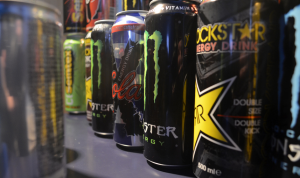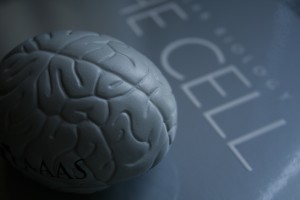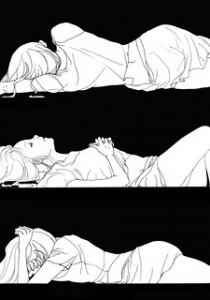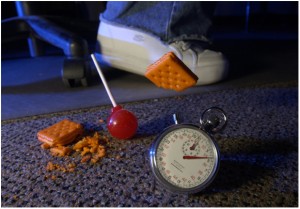Throughout generations, there have been countless formulations of anti-wrinkle creams all claiming the same thing: younger, healthier, and brighter skin. The American Academy of Dermatology states that each year billions of dollars are spent on anti-aging face creams, all in an attempt to reduce the “signs of aging”. With formulations costing an average of $150 and upwards of $5,000 a jar, are consumers actually achieving their “naturally younger” skin?
As we age our cells’ production of collagen, a protein found in connective tissues, naturally starts to slow. Thus skin begins to lose its elasticity, the epidermis thins, and wrinkles emerge. Other factors, such as UV light or cigarette smoke, can also accelerate the process. It is this natural process of aging that skin-care companies claim to be able to reverse.
Below is a typical anti-aging skin care advertisement, from Neutrogena:
Besides soft-voiced women, anti-aging ads often highlight certain “miracle” ingredients. What is actually in the jar?
- Moisturizers: standard formulation to hydrate skin
- Peptides: proteins used to hydrate skin, but it is uncertain as to whether they penetrate deep enough to “remove” wrinkles
- Alpha hydroxy acids (AHAs): exfoliate skin and remove dead cells (most common are citric and lactic acid)
- Retinol: a form of vitamin A, a key ingredient found in numerous skin-care products
- Anti-oxidants: substances to reduce free radicals, found in numerous forms (vitamin A, vitamin C, vitamin E, etc.)
- Sunscreens: used to protect against UV damage
Out of the numerous chemicals listed above, only retinol has actually been confirmed to visibly reduce the appearance of wrinkles. A study performed by Kafi et al. 2007 proved the effectiveness of retinol over a 12 week period, by injecting high concentrations into the patients’ skin daily. Another proven alternative is topical prescription retinoids (a derivative of vitamin A). However, both of these options involve doses of highly concentrated retinol. Such levels are not even close to the sub-concentrations you find in over-the-counter creams, of which have not been shown to be effective.
The matter of fact remains that any moisturizer, whether $5 or $5,000, will temporarily plump up the look of skin until you wash it off. I do not negate the ingredients found in the creams, as some, such as vitamin C, are beneficial to our skin regardless of age. However, as it stands, none of them have been proven to reduce the appearance of wrinkles in the low concentrations present. In conclusion, the next time you feel the need to feel young again, buy a motorcycle or go bungee jumping, for at least these experiences will have a semi-lasting effect.
-Richelle Eger
References:
American Academy of Dermatology. 2011. Causes of Aging Skin [online]. Available from http://www.skincarephysicians.com/agingskinnet /basicfacts.html [accessed 8 February 2014].
Kafi, R., Kwak, H. R., and Schumacher, W. E. 2007. Improvement of naturally aged skin with vitamin a (retinol). Arch. Derm. 143(5): 606-612.
Thrasybule, L. 2012. The Truth About Anti-Aging Products [online]. Available from http://www.livescience.com/36720-anti-aging-products-lotions- supplements.html [accessed 8 February 2014].


























